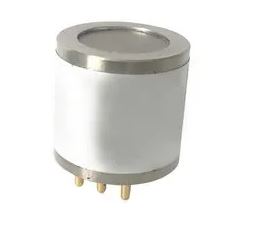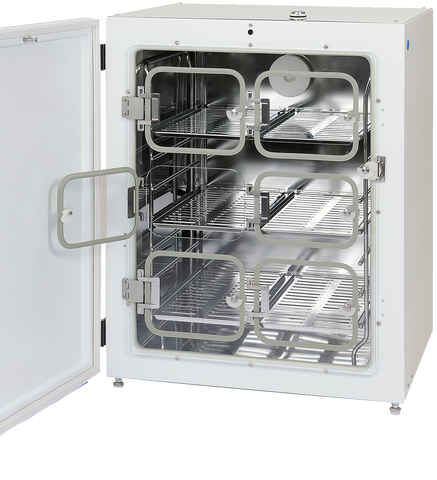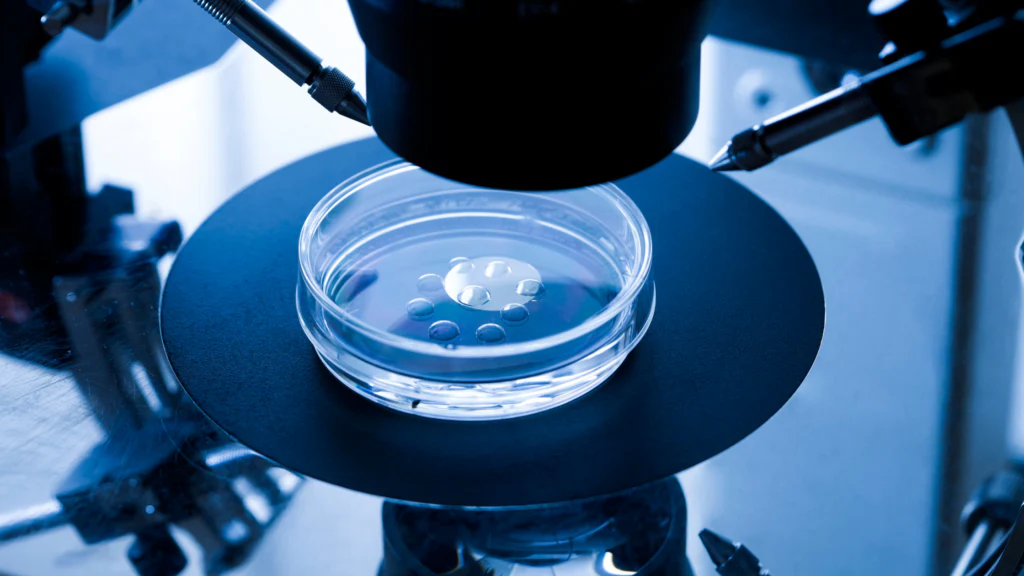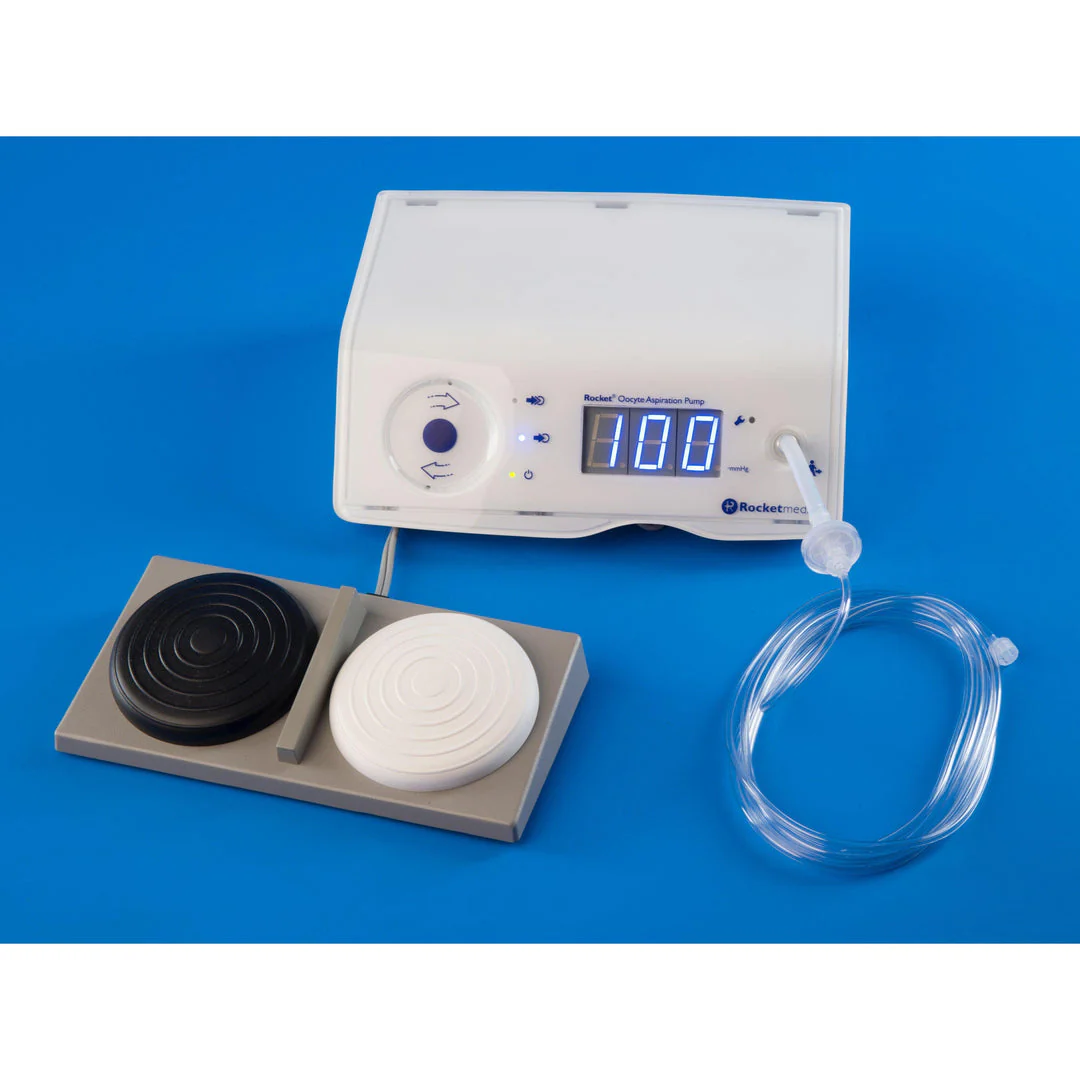Gas Sensors - A quick guide

Equipment monitoring in the laboratory is essential for both the equipment and the samples that they support. This is especially true in the cell culture or pathology laboratory using inert gases.
We do this by using a range of sensors, some chemical, some optical. These enable us to observe and report the gas status, in real time, from their electrical outputs. They don't actually read out the levels, these are interpreted by the systems from the outputs, which shift over time and usage.

The precision of that gas monitoring is, like most things in life, dependent on the end goal and therefore reflected in the technology and time invested in those sensors and associated equipment connections.
The ideal environment for a good deal of our customers involves temperature, light and specific gas concentrations. The more important the requirement for that accuracy, the greater the need for appropriately scaled technology.
The gas sensors in the machine tell the control board the status and the system is either triggered to change or not. Most often by way of a switch to draw in more gas or close. The quality of that reaction, the size of the volume that needs to be changed and speed of the recovery, is all variable and managed by the machines infrastructure - the sensor just sends the signal to the board.
Sometimes we need high specification sensors, other times its less important. Often its robustness and longevity is vital, whilst other times it may be speed or precision. Its all about the right balance and working together to find the right solution for the equipment. To make a product more economical you could drop out the accuracy of the sensor, but its reaction time remains the same.

As a consequence, not all equipment is built the same, even within the same product type. This is by design and it often doesn't mean one is worse than another. A particular machine is simply more suited to the application than the another. Our job is to find the right product for the job. We supply a range of incubators as a result. Not everything is suitable, all of the time - Incubators
One product simply does not suit all needs regardless of what sales people tell you. It cant. Either its under spec, correct spec, or over spec. Or as a friend used to say "you have used a twenty pound solution, on a five pound question". So we need to be smart about it, or we waste time and money.
Of course you don't have to do that if you don't want to. We can talk you through it. However it might also be handy to know a little more about some specific gas sensors. So next time you are thinking about not having them replaced as part of your maintenance, or picking the next machine for the lab you have a good handle on what to expect. So here are a few notes to think about.
Questions to start with
What are the gas parameters that we want to measure in the first place? Which parameters / over what range ? and what do we want to be able to adjust / to what accuracy ? What temperature and what humidity ?
Long term accuracy and maintenance of those parameters is clearly also crucial. We call changes over time "drift" and this becomes a big issue if you are not monitoring the machine independently and routinely. For Co2 especially which has a large impact on pH, a small change means a big change in the dish. What is the drift like on those sensors ?
For CO2 gases, there are lots of types of sensors, the most common in our business being infared (IR) and thermal conductive (TC). TC sensors measure gases accurately in the correct conditions, and are very common and have stood the test of time.

co2 sensor 400IR
The IR sensors are becoming standard in recent updates as they are less likely to drift over time and are less impacted by humidity. There is a sub group of technological advances on the IR sensors that offer different qualities with the best we think being dual beam, non dispersive types. These sensors are typically robust, but by their very nature, when they fail, they do so completely. So we have to ask, do we want accuracy over robustness ?
Monitoring the O2 gases is almost exclusively the job of electro - galvanic sensors. These sensors are measuring an electrical output that is proportional to the oxygen level in the sensor which is created by way of a chemical reaction. Lead oxidation being a very common reactive process for the sensor.
As they consume a certain amount of the battery by way of chemical reaction these sensors degrade naturally over time, especially with long term exposure to oxygen. So irregular use of hypoxic environments is something to avoid for longevity, but failure of the probe is inevitable as it is used up over time, it does not stop reacting once it has been put into use. We can predict rather consistently the consumption rate of some sensors and this is often 2-3 years but can be much shorter at 1 year. For compromise sake we don't use sensors with less than this sort of lifespan as it becomes uneconomical.

Oxygen Sensor
Both CO2 and O2 sensors will drift as they are used - think of it like this, the signal tests they are undertaking come at a cost. That is met by the sensor units in both their starting measuring point (drift), e.g. where they were last month, might not be where they are today, and their lifespan - degradation.
The amount of that drift / lifespan then is dependent on many factors such as type, age, usage, temperature, humidity and door openings. It is a stable arrangement and we can predict the failures, once we appreciate that they will both drift, and get old at a similar rate for each product. Not each product type.
Regular SOP's that include the use of a calibrated gas analyser is therefore crucial to keep them in their channel of perfect use. If they move their calibration point, we cannot change the sensor (that would be expensive), we shift the input on the board to compensate for the drift as a compromise.

User Calibration +/-0.2%
Most machines give you the option to adjust the display settings to match the sensors as their ability to send the signal changes - we call that user calibration. The display on the machine should match that of the monitor testing it. Some systems use ambient air to guide the machine on O2 concentrations. Others are user guided for both CO2 and O2.
It is expected that the unit is within a calibrated range channel most of the time. A variation of +/- 0.5% gas conc. appears to be the normal, but individual laboratories and equipment will very with expectations. The user manual is as good a place to start as any.
Service engineers that we provide will never change the calibration settings of an "in use" machine unless instructed to do so. This is because labs often are aware of the drift and have compensated for it, rather than adjusted for it. Its not right, but its their way for now. If its not broken, we wont fix it unless its clear we are okay to proceed. Its an old mantra but suitable. If an engineer is on site who you are not familiar with, massive changes can be made to these machines that could have a huge impact on the lab KPI's. You would not be aware unless you checked the calibration - as the display would read the same. Something that only leads to problems.
To keep on top of that it is always best to test the sensors in use and confirm the reading on the machine matches a calibrated independent machine. We use the Gas Analyser in our test for service and PPM, which is tested with calibration gas prior to machine testing. That way we are certain of the most recent calibrated gas concentration and can apply that to the machine through detection in the sampling port and output on the system software.
Should you have any questions on sensors, your testing routine or want to review your service / replacement schedule with the team, please feel free to reach out to support@ivfsynergy.com
Alternatively if there is a need to review new equipment the sales team are on hand to help you pick the right product for your needs sales@ivfsynergy.com







Leave a comment